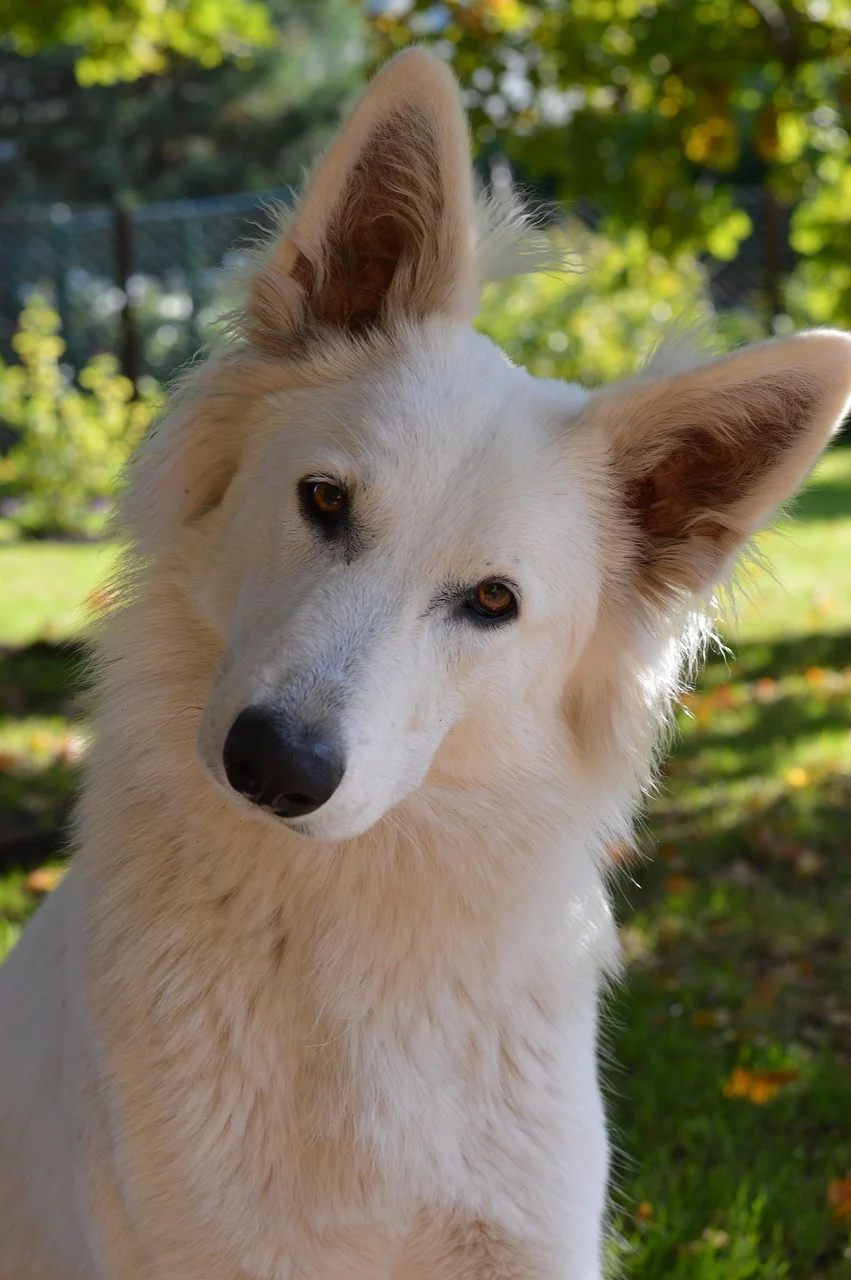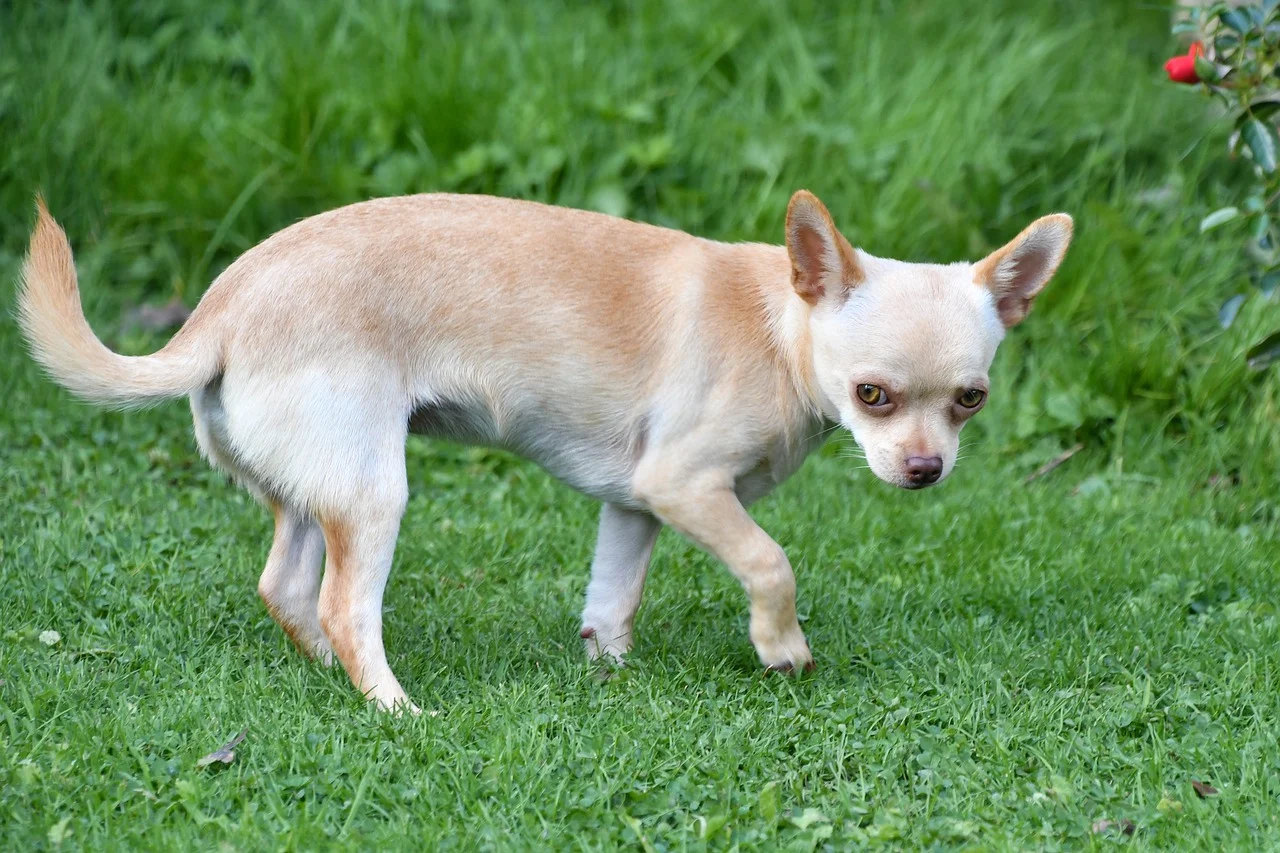Discover the Secret to Understanding Your Dog and How It Will Help to Optimize Your Dog Training
A big part of dog training is understanding your dog's body language and mood. Like us, they have their good days and their bad days. Sometimes we want to learn and other days we are not so inclined to. Well, same goes for our dogs.
As humans, we communicate with one another through verbal and non-verbal communications. We have use of our words, facial expressions, body language and tone of voice to get our message across. It can be "ruff" for your dog to communicate all the things they want to convey to you. So how can you determine how they are feeling? The following information will help guide you so you have a better understanding when it comes time to train your dog.
They express their emotions through posture, facial expressions, body movements, and vocally like barking, whining, whimpering, growling and howling (but we'll save that for another future post 😃). Understanding their body language can be beneficial to help identify what emotion they are feeling and/or what their intentions are.
Whether you decide you want to train your dog/puppy or have a dog trainer do it, identifying their emotions can help establish their mood and make it easier on you and/or the trainer. A good, qualified dog trainer will be able to identify your dog's body language prior to and during training. For example, if they're distracted or feeling stressed. They will also be able to determine what will stimulate them just by how they look, act or move around.

Photo by Blue Bird from Pexels
Communication and connecting is what makes the bond stronger between you and your pet. Like you, they feel the same emotions- happy, sad, anger, joy, fear, anxiety, stress and more. Reading and understanding their body language is an integral part of the training process and how you respond to them in return will either make or break how much of the training they absorb.
As a dog lover and previous owner of two chihuahuas (not at the same time), I feel it is important to take the time and responsibility to acquaint yourself with some of the signals and messages that your dog is communicating with you.
"According to veterinary behaviorist Dr. Melissa Bain, a professor of clinical animal behavior service at UC David School of Veterinary Medicine, visual communication is especially important for dogs because it can be switched on or off instantly based on the outcome of an interaction." (https://www.greatpetcare.com/dog-behavior/dog-body-language-guide-how-to-read-your-dog-like-a-pro/)
Some signals can be more obvious than others so let's dive into this in a bit more detail by looking into some of the most common signs of a dog's body language.
Relaxed
When your dog feels safe and comfortable within their environment, they are at their most relaxed state. How can you tell if they are in a relaxed state? Eyes are wide-eyed and bright, ears and head is raised up, posture is straight.
Confused
Frozen pose, intense eye contact, head tilt.
Bored
Relaxed, lazy, lying on the floor, no eye contact, neutral on greeting.
Sad
Head is low, still paws, tail low with soft wagging, closed mouth.
Nervous
Yawning, pointedly look away, stubborn, avoid eye contact.
Friendly
Open mouth, tail wagging, playful bow (down on front legs), squint eyes, relaxed ears.
Playful
Mouth open, tongue wagging, play bow (down on front legs), tail up and wagging, ears up.
Stressed/Fearful
When a dog deems a situation to feel threatening, they can demonstrate defensive or offensive body language as a safety measure (see signs for Aggressiveness). This is can also take an opposite effect and they could show signs of stress/fear in their body language. Yawning, indirect eye contact, dry panting, low tail, sweaty paws, tail between legs, excessive scratching, trembles.
Aggressive
Growls/barks, cold staring eyes, body posture upright and slightly leaning forward, biting.
Happy
Tail wagging, dog is inviting to play, relaxed posture, mouth open.
Worried
Avoids eye contact, body tense, tail low, licks lips or yawns.
Your dog is part of the family. They need just as much love and care in their life, so why not take the time and learn to read your dog's body language so you can have the best training experience possible. It will not only help you gain a better understanding of their feelings and emotions, but also help build a stronger bond between you both. How PAWsitively amazing that would be!
Until next time, keep your paws up and tails-a-wagging!
Interested to learn more? We're here to help.
.gif)














C